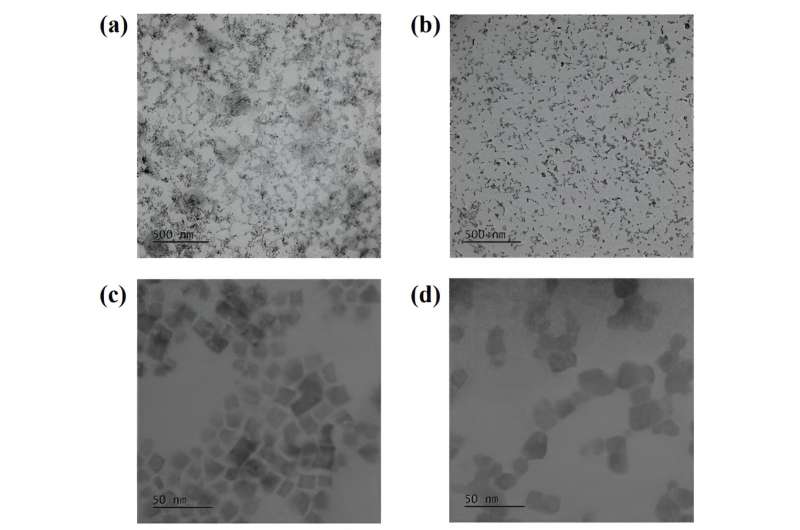This article has been reviewed according to Science X's editorial process and policies. Editors have highlighted the following attributes while ensuring the content's credibility:
fact-checked
peer-reviewed publication
trusted source
proofread
Researchers report efficiency breakthrough for narrow-bandgap perovskite cells

A research team, led by Professor Sung-Yeon Jang in the School of Energy and Chemical Engineering at UNIST has achieved a significant advancement in solar cell technology. Through a collaborative effort with Professor Sang Kyu Kwak and his team at Korea University, the researchers have developed a technology that greatly enhances the efficiency of solar cell devices by integrating tin–lead halide perovskites (TLHPs) photoactive layers with quantum dot layers.
More information: Muhibullah Al Mubarok et al, Regulating the Quantum Dots Integration to Improve the Performance of Tin–Lead Perovskite Solar Cells, Advanced Energy Materials (2024). DOI: 10.1002/aenm.202304276


















